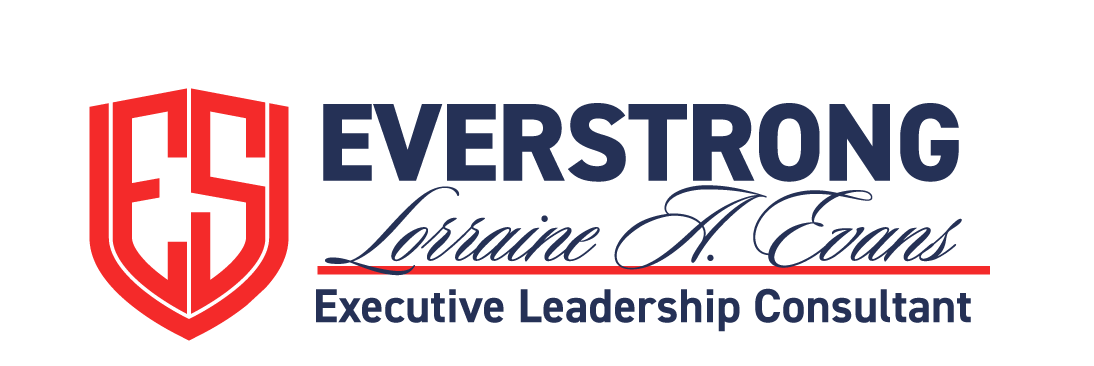Understanding the Leadership Crisis
The leadership crisis is more than just a lack of leaders; it is also about having the right leaders. Many organizations need help finding leaders who inspire, innovate, and drive change. This lack of leaders is caused by insufficient training, lack of mentorship, and old ways of developing leaders. New challenges from technology and globalization are too much for old leadership models to handle. Organizations must understand that leadership is not a static trait but a dynamic skill set that evolves with time. The inability to adapt to new business paradigms can leave companies vulnerable to competition. Moreover, the lack of a clear leadership succession plan can create a vacuum that further exacerbates the crisis. A comprehensive approach to leadership development must be adopted to address these multifaceted issues effectively.Causes of the Leadership Deficit
Several factors contribute to the leadership deficit:- Inadequate Training and Development Programs: Many organizations must invest more in leadership development programs. With proper training, potential leaders are equipped to handle the complexities of modern business environments. Training should cover technical and soft skills such as emotional intelligence and conflict resolution. Continuous learning opportunities are essential to keep leaders updated with industry trends and management techniques.
- Lack of Mentorship: Mentorship is crucial for developing future leaders. However, many organizations need more structured mentorship programs, leaving emerging leaders needing more guidance. Mentorship helps transfer institutional knowledge and provides a platform for budding leaders to discuss challenges and opportunities. The absence of mentorship can result in a lack of direction and confidence among potential leaders.
- Outdated Leadership Models: Traditional leadership models may need to be more effective in today’s fast-paced, technology-driven world. Organizations need leaders who can adapt to change and think innovatively. Outdated models often emphasize hierarchical structures, which can stifle creativity and slow decision-making processes. Modern leadership requires a more collaborative and flexible approach to navigate the complexities of today’s business landscape.
- Cultural Resistance: A rigid culture can stifle leadership development in some organizations. Employees may feel discouraged from stepping into leadership roles if the organizational culture does not support growth and innovation. Cultural resistance can appear in various forms. One way is by needing more diversity. Another way is by avoiding risks. Additionally, cultural resistance can manifest by focusing excessively on short-term goals. Creating a culture that values and nurtures leadership is essential for overcoming this barrier.




